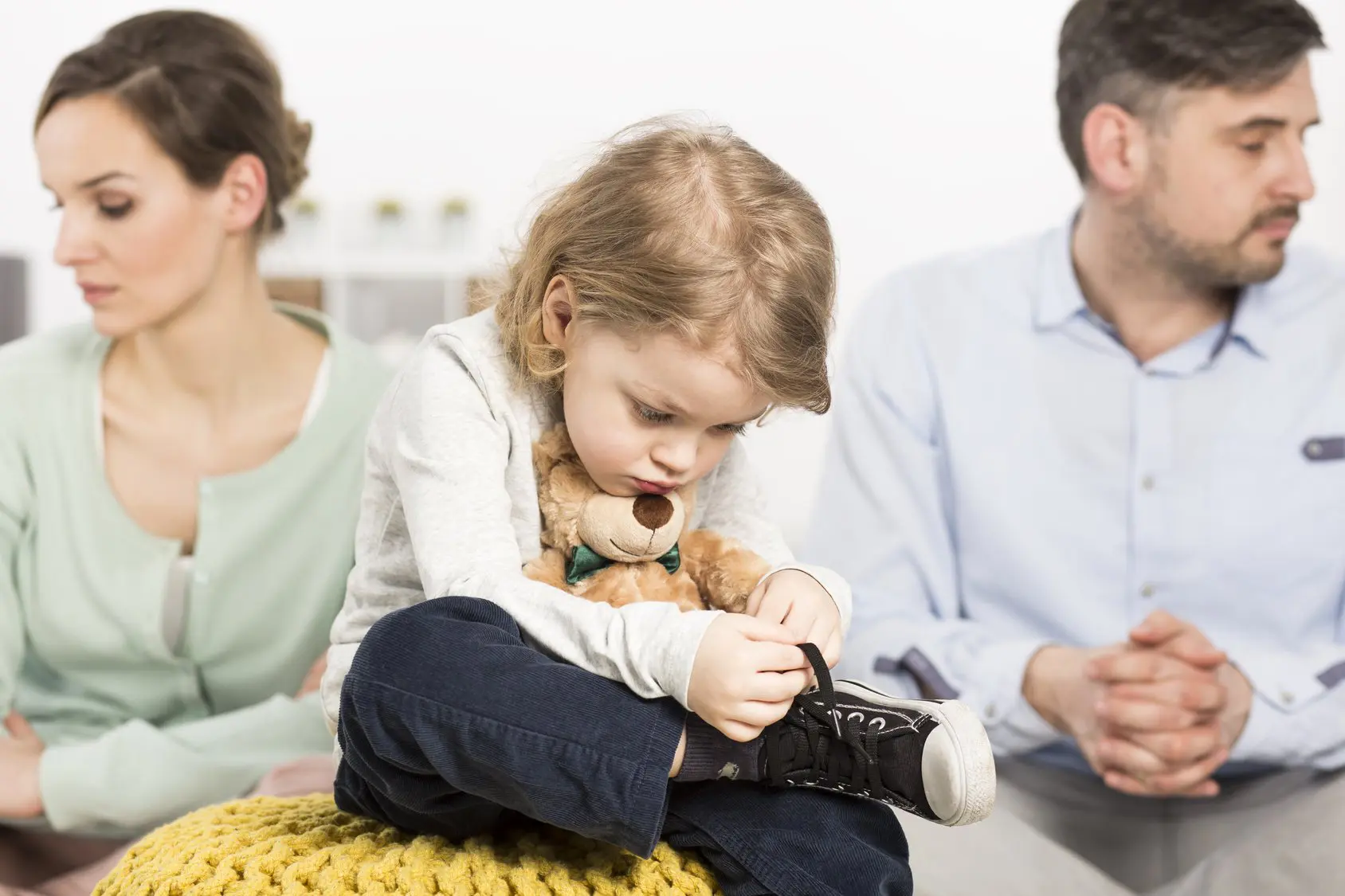
Divorce is rarely easy, but there are different approaches that can make it less stressful. Collaborative divorce provides a solution that promotes respect and cooperation. It is designed to help couples avoid the hostility and legal battles common in traditional cases. Rather than going to court, couples work with a team of professionals to reach a fair agreement. It offers a more peaceful and effective method for ending a marriage.
It allows couples to control the outcome of their settlement without the pressure of a judge making decisions. You can find more about how it works and what to expect from professionals who specialize in collaborative divorce. This guide will help you understand what happens during each step of the collaborative divorce process and how it can help make it less stressful.
1. The Initial Meeting
The collaborative divorce process begins with an initial meeting between both parties and their respective attorneys. This first step is important because it sets the tone for the entire process. Each spouse chooses a specially trained attorney who understands the unique approach. The attorneys are there to help negotiate, not to battle in court. They will guide the couple toward a solution that works for both sides.
In this meeting, everyone signs an agreement. This contract ensures that the couple will not take the case to court and that both parties are committed to working together in good faith. The goal is to stay out of court entirely. If either spouse later decides to take the case to court, both attorneys must withdraw from the case.
The initial meeting is about laying the groundwork. It’s the start of open communication and sets the rules for the coming discussions. Everyone must be on board with this approach. All parties agree to work toward a fair settlement.
2. Building the Team of Professionals
A team of professionals joins the process to help manage different aspects of the separation. The team can include financial advisors, child specialists, or divorce coaches. Each professional plays a specific role. Financial advisors help with dividing assets and debts. Child specialists ensure the children’s needs are the focus. Divorce coaches work with each spouse to help them manage their emotions.
This team approach means that no one is left in the dark. Each professional brings their own expertise to help navigate the process. The collaborative team makes sure that the agreement covers all aspects of life, from finances to parenting. With experts handling their specific parts, there is less room for conflict.

3. Negotiating Financial Matters
Finances often cause the most stress during the whole process. Collaborative divorce aims to take the tension out of these discussions. Both parties must be open and honest about their financial situations. This transparency is critical for reaching a fair settlement. A financial advisor will work with both parties to understand the full picture.
The financial advisor will help the couple figure out how to divide assets, debts, and property in a way that benefits both parties. The goal is for both spouses to leave the marriage in a stable financial position. No one should walk away feeling like they’ve been shortchanged.
4. Planning for Children
When children are involved, their well-being must come first. Collaborative divorce recognizes that parents know their children best. A child specialist helps guide conversations about custody, visitation, and decision-making. The goal is to create a parenting plan that keeps the children’s needs at the center.
Instead of letting a judge decide what is best, parents work together to craft a plan that works for the family. The child specialist brings a neutral perspective to help the parents think about long-term effects on the children.
The specialist ensures that both parents stay focused on the children’s well-being during discussions. It helps to reduce the emotional tension that often surrounds custody negotiations. By keeping things civil and child-centered, the process can help avoid the stress and bitterness that might otherwise harm the children.

5. Finalizing the Agreement
Once all the details are worked out, the final agreement is put in writing. The attorneys review the agreement with both parties to make sure that everything is clear and fair. The final document covers all aspects, including asset division, custody, support, and any other important issues.
After everyone agrees on the terms, the agreement is submitted to the court for approval. Because the couple has worked everything out in advance, the court’s role is minimal. There is no trial, no hearings, and no courtroom battles. The judge simply reviews the agreement and approves it.
Collaborative divorce helps ensure that both parties walk away feeling satisfied with the outcome. They’ve worked together to craft a settlement that meets their needs. The final agreement reflects a process built on respect and cooperation.
6. Benefits of Collaborative Divorce
It offers several key benefits over traditional litigation. One of the biggest advantages is control. The couple controls the decisions, not the judge. Collaborative divorce also tends to be less stressful and less expensive than a courtroom battle.
Couples who go through this are more likely to maintain a civil relationship afterward. This is especially important for couples with children. It helps create a foundation for healthy co-parenting after the divorce is finalized.
Another benefit is privacy. Traditional divorce cases become part of the public record, but collaborative divorce allows for more privacy. Discussions happen behind closed doors, not in a courtroom.

7. Is Collaborative Divorce Right for You?
Both parties need to be committed to working together. If either spouse is unwilling to cooperate, this process will not work. Trust and transparency are key. Both parties must be open about their finances and willing to negotiate in good faith.
It also requires a certain level of emotional maturity. The couple must be able to set aside their anger and focus on finding a resolution. Collaborative divorce works best for those who want to avoid the hostility and expense of a traditional divorce.
If both parties are committed to cooperation, collaborative divorce can be a much more peaceful and effective way to end a marriage. It gives couples control over their future, helps preserve relationships, and creates a more stable environment for everyone involved.
Conclusion
Collaborative divorce provides a way to end a marriage with dignity and respect. It removes the adversarial nature of traditional divorces and replaces it with cooperation and problem-solving. Through a series of meetings and open discussions, couples work together with a team of professionals to reach a fair and balanced agreement. Collaborative divorce allows you to leave the marriage on better terms, with less stress, and a brighter outlook for the future.













